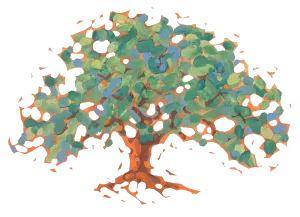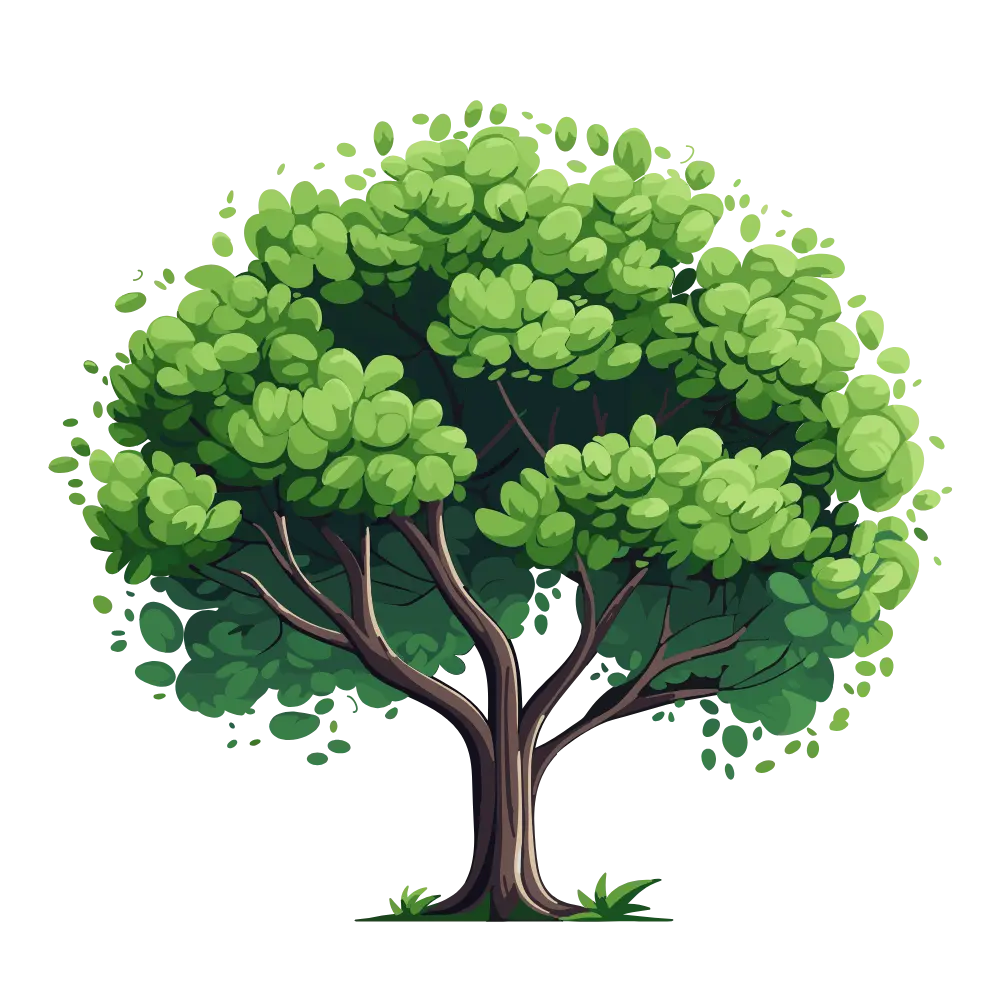Emerald Ash Borer
Ethical Tree Care
Scientific Based Tree Management
Local Family Owned
Ethical Tree Care • Scientific Based Tree Management • Local Family Owned
GET A QUOTE
*Receive a quote from an ISA Certified Arborist. If you have a basic service request without any questions about your trees or property, quotes are free. Please keep in mind that free quotes do not include tree health diagnosis, tree risk assessments, tree appraisals, and site management.
If this is an emergency, call (507) 535-9082

Emerald Ash Borer
One of the most significant ecological and urban forestry issues in history
In the heart of Rochester, Minnesota, ash trees (Fraxinus spp.) have long stood as silent guardians, offering shade, beauty, and a haven for wildlife. Yet, a man-made ecological mismatch threatens this serene existence: the introduction of Emerald Ash Borer (EAB). Below, we will guide you through the critical aspects of EAB, shedding light on its impact and the vital steps you can take to protect your ash trees.
WHO is susceptible to EAB?
Ash trees, irrespective of their specific species, health, size, or location, fall prey to EAB. This invasive pest does not discriminate, targeting every North American ash species with devastating efficiency. Whether it’s a solitary tree that shades your favorite reading spot or a row of ashes lining your street, a towering giant or a newly planted sapling, each one is at risk.
WHAT is EAB?
The Emerald Ash Borer is an invasive beetle devastating North American ash trees. Its lifecycle begins when adult beetles lay eggs on ash tree bark, hatching into larvae that feed on the inner bark, which disrupts the tree’s ability to transport water and nutrients, leading to its decline and eventual death. EAB is not just any pest; it’s a tree’s worst nightmare, currently wiping out entire populations of ash trees.
WHEN does EAB strike?
EAB infestations can happen anytime, but they are most noticeable from spring through summer, when adult beetles emerge to mate and lay eggs. EAB infestation is often undetectable in its early stages, as the damage occurs beneath the bark, unseen, long before the external symptoms appear. Visible signs like canopy thinning, bark splits, and woodpecker activity emerge only after the tree has been significantly harmed. It’s this stealthy nature that makes early detection and prevention challenging yet crucial.
Don’t wait for the signs of EAB to become evident. Proactive care is the key to preserving the health and beauty of your ash trees. Reach out now to secure a future where your trees continue to thrive.
WHERE does EAB spread?
Any location with ash trees is at risk, from suburban backyards to rural landscapes and urban parks. The spread of EAB is not just an environmental issue but a community one, impacting everyone within the ecosystem.
WHY should we all care about EAB?
Ash trees are irreplaceable cornerstones of our ecosystems and communities. They provide essential services, from cooling our homes and streets to improving air quality and supporting local wildlife. The loss of these trees transcends mere aesthetics; it signifies a profound environmental and economic setback, as Ash trees typically comprise a quarter of our urban canopies here in the Upper Midwest. This equates to increased cooling costs, reduced property values, and diminished biodiversity. Trees are not just plants; they’re a vital part of our ecosystem, providing beauty, shade, and environmental benefits. They are landmarks of our personal and collective histories, deserving of protection and preservation.

HOW we prevent, diagnose, and treat EAB at ArborWise
ArborWise specializes in plant healthcare, offering targeted treatments to protect and preserve the health and beauty of your trees, ensuring they continue to thrive for years to come.
Preventative treatments are timed to coincide with EAB’s lifecycle and offer the best defense, employing methods such as soil applications, bark sprays, and tree injections.
Effective treatments include:
- Tree injections of emamectin benzoate: Offer two seasons of control, ideal for larger trees and areas with high EAB populations.
- Soil applications of dinotefuran: Very fast uptake for quicker control but limited residual control.
Preventive Treatments: The First Line of Defense
- Prevention is key in the fight against EAB. Our preventive treatments, including systemic injections and soil applications, are designed to fortify your trees against EAB attacks. These treatments are most effective when applied before or at the early stages of infestation, acting as a shield that protects your trees from the inside out.
Interventive Treatments: Turning the Tide Against EAB
- For trees already showing signs of EAB infestation, all may not be lost. Our interventive treatments focus on halting the spread and minimizing damage. By employing targeted injections and other advanced treatment methods, we can often save infested trees, extending their life and preserving their value to your property and community. Recovery for an infested tree may require extensive pruning of dead canopy and significant time for regrowth. However, in a cost/benefit analysis vs replanting, it can be a more prudent choice.

Management
- Cultural Practices: ArborWise recommends implementing cultural practices that promote tree health and vigor that can help reduce the risk of Bur Oak Blight. This includes proper watering and mulching to ensure optimal growing conditions for the tree. Additionally, minimizing mechanical damage to the tree during pruning or construction activities can help prevent stress-induced susceptibility to fungal infection.
- Fungicide Applications: ArborWise will apply a systemic fungicide and growth regulator to control symptoms and reduce tree stress. Treatments provide two years of control.
- Pruning and Sanitation: Removing and properly disposing of infected leaves and twigs can help reduce the inoculum levels of Tubakia iowensis in the vicinity of the tree. Pruning out dead or diseased branches can also improve air circulation within the canopy, reducing humidity and inhibiting fungal growth.
- Genetic Resistance: Selecting and planting bur oak cultivars that exhibit resistance or tolerance to Bur Oak Blight can be an effective long-term management strategy. Researchers are actively studying the genetic mechanisms underlying resistance to identify and breed cultivars with improved disease resistance traits.

FAQ
What does treatment entail?
Treatment is typically prescribed based on the stage of infestation your tree is at. Treatments are not prescribed for trees we consider unlikely to respond to treatment. Most trees will be put on a two-year cycle of basal injections. Tiny injection sites will be bored into the base of the tree and treatment will be injected into the vascular system under pressure.
What is the treatment success rate?
Emamectin benzoate is 99.6% effective at controlling Emerald Ash Borer. That being said- it can only protect the tree if the tree is healthy enough to translocate it throughout its structure. Therefore, healthy trees under a strict cycle of treatment are guaranteed control of EAB. Trees already damaged by EAB can have diminishing returns of treatment efficacy. Symptoms also lag behind actual damage levels, which increases throughout the season as more larvae hatch and develop in size. The only treatment failures we have had were in trees already showing damage that were treated in the fall. For this reason, we do not treat with emamectin benzoate after September 1st, as it takes 30 days to translocate throughout the tree. After September 1st, we have a strict policy of waiting for next year’s leaf budding to treat with emamectin benzoate, but some trees may be treated during this time with dinotefuran. Dinotefuran has a much faster uptake speed (3-7 days). Our current in-house success rate is over 98% for EAB treatments.
Do you guarantee treatments?
We guarantee treatments of emamectin benzoate. Dinotefuran is typically applied as a threshold measure and is not guaranteed. In the event of a guaranteed treatment failure, cost of the treatment is applied towards other services such as removal of the tree.
How long is a tree protected after treatment?
Emamectin benzoate provides 2 years of protection at the dosage we apply. Dinotefuran only protects a tree for up to a year.
Is there any danger to kids or pets after treatment?
No. These chemicals translocate through the phloem and sequester into the xylem of the tree to remain “locked up” within carbohydrate storage. Only organisms that feed on wood or tree vasculature can be affected by them once they are in your landscape- namely, insects!
HOW to Get Started with a Quote for Services
Contact us today and let our team of certified arborists and tree care professionals help you safeguard your ash trees against the threat of Emerald Ash Borer. We will determine the health of your trees and guide you through the best preventative and treatment options tailored to your needs, ensuring your trees remain a vibrant part of your landscape for years to come.


Basal injections are the most effective long-term treatment for EAB, but they must be properly administered. Improperly administered basal injections can cause severe long-term damage to trees.
